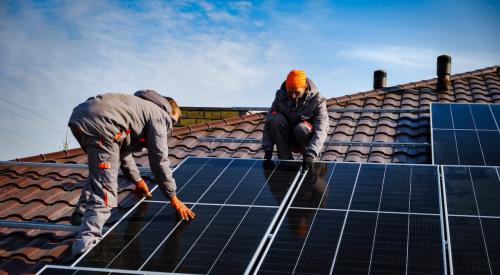The average U.S. home use nearly 50 percent more energy than a car, but there are steps homeowners can take to mitigate their carbon footprints, the New York Times reports.
The average U.S. household consumed nearly 90 million British thermal units, or BTUs, in 2009, nearly 50 percent more energy than the average car uses in a year, according to the U.S. Department of Energy. Nearly half of that energy was used to heat and cool our homes; the rest went to lights, heating the water, and powering appliances and electronics.
Homeowners may soon have to start thinking more seriously about reducing their footprint. In New York State, legislators passed a sweeping climate bill last month that will require the state to cut its emissions to 85 percent below 1990 levels by 2050 and offset what remains by 15 percent. To meet the new standards, homeowners will likely have to make big changes, like trading gas-fired furnaces for electric ones and adding solar panels to their rooftops.
Mr. Pealer suggested we start by studying our homes. A high-efficiency HVAC system may eventually be a great investment, but it shouldn’t be your first. Your first step should be to figure out where your heated or cooled air is escaping from your house and then take steps to stop it from escaping. “Limit the waste and then figure out efficient ways to produce what you do need,” he said.












